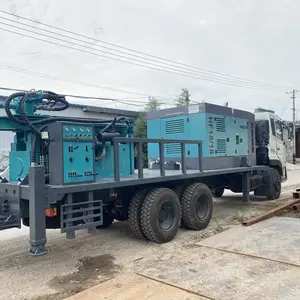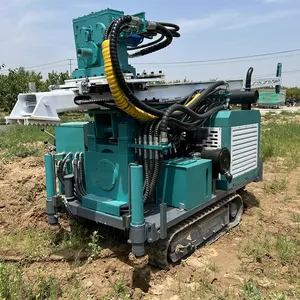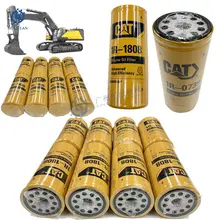Introduction to Oil Drilling Machine Varieties
The landscape of industrial drilling is diverse, with oil drilling machines types playing a pivotal role in various extraction and exploration activities. These machines are engineered to meet the demands of drilling water wells, geological surveys, and different mining operations. The versatility of these rigs is evident in their ability to navigate different terrains, whether it's the caterpillar tread-equipped models adept at ascending inclines or wheeled variants for easier relocation.
Design and Propulsion Features
Design intricacies of oil drilling equipment cater to a range of operational depths and drilling directions, from vertical to horizontal and angled approaches. The propulsion system of these machines is a critical feature, with some utilizing caterpillar treads capable of handling up to 25-degree inclines, while others are mounted on rubber tires for ease of transport across sites.
Drilling Capabilities and Components
The drilling capabilities of oil rig machinery are extensive, with certain models reaching depths beyond 200 meters and others suited for shallower open-pit operations. The drilling process is supported by various components such as air compressors, mud pumps, and a range of drilling rods and connectors. The structural integrity of the drilling tower is paramount, ensuring stability during the drilling process.
Drill Bits and Drilling Methods
A critical aspect of oil drilling apparatus is the drill bit selection, which is tailored to the specific drilling method employed. Options range from diamond bits for hard surfaces to PDC and hammer bits for different rock formations. The drilling method, whether rotary, percussion, or core drilling, is chosen based on the geological requirements and the desired outcome of the drilling operation.
Scale and Utility
The scale of oil drilling machinery varies significantly, with smaller units boasting a lifting power suitable for domestic or small-scale agricultural drilling. In contrast, larger machines offer increased power and speed, aligning with the demands of commercial drilling projects. The weight and lifting capacity of these machines are indicative of their suitability for specific tasks, ensuring that buyers can select a model that aligns with their operational scope.
Choosing the Right Machine
Selecting the appropriate oil drilling machine is crucial for the efficiency and success of drilling operations. Prospective buyers are encouraged to consider the technical specifications and capabilities of each model to find a machine that aligns with their project requirements. The variety of oil drilling machines types available ensures that there is a fit for every drilling challenge, without the need for brand endorsements or promotional guarantees.






























 浙公网安备 33010002000092号
浙公网安备 33010002000092号 浙B2-20120091-4
浙B2-20120091-4